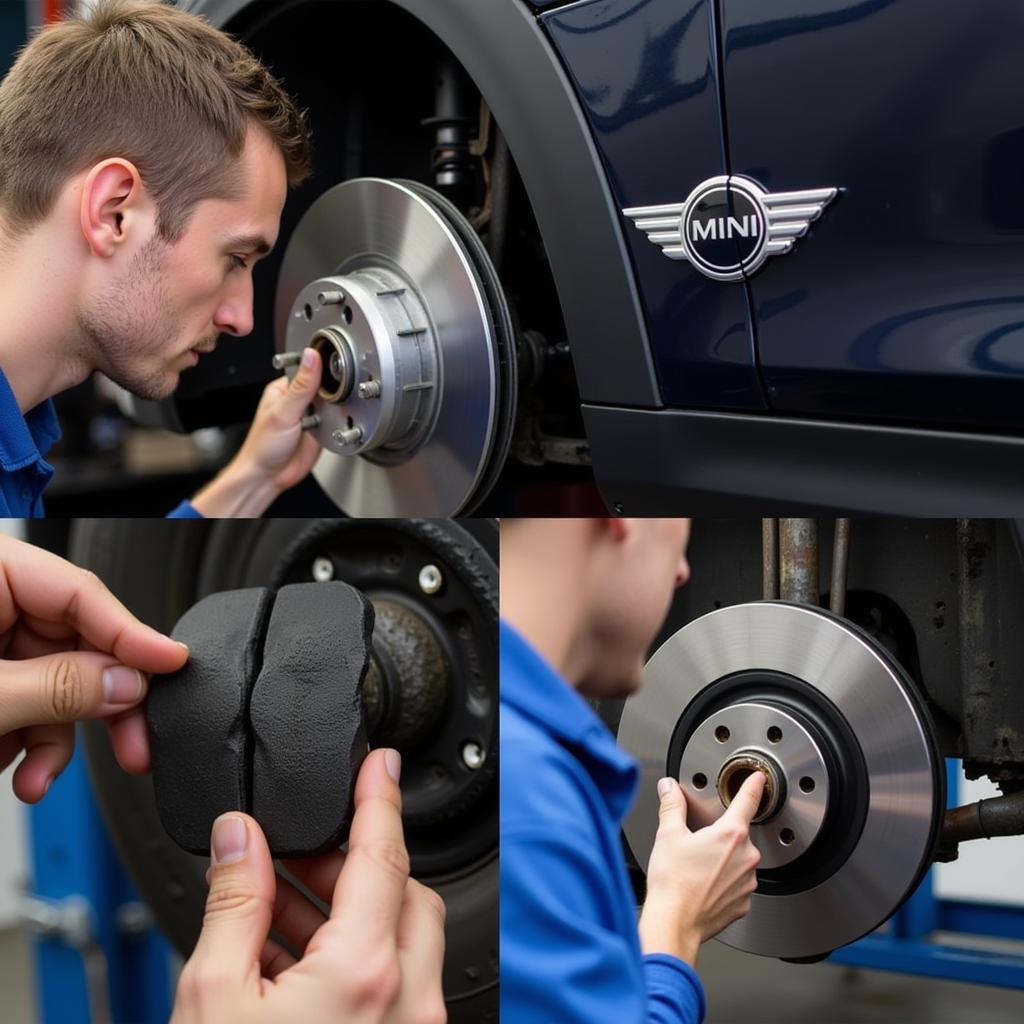A dead car battery can ruin your day. Knowing how to charge a flat car battery is an essential skill for any driver. This guide provides a step-by-step approach, covering everything from safety precautions to troubleshooting common issues.
Understanding Your Car Battery
Before you start charging, understanding your battery type is crucial. Most cars use lead-acid batteries, but some newer models have AGM (Absorbent Glass Mat) batteries. Each type requires slightly different charging procedures. Knowing the difference can prevent damage and ensure optimal charging.
Gathering Your Supplies
You’ll need a few essential tools to charge a flat car battery:
- Battery charger: Choose a charger compatible with your battery type. A “smart” charger is recommended, as it automatically regulates the charging process and prevents overcharging.
- Jumper cables: These are handy for jump-starting your car if you need to get it running quickly.
- Safety glasses and gloves: Always prioritize safety when working with car batteries.
 Essential Car Battery Charging Supplies
Essential Car Battery Charging Supplies
Step-by-Step Guide to Charging a Flat Car Battery
-
Safety First: Put on your safety glasses and gloves. Ensure the engine is off and the parking brake is engaged.
-
Locate the Battery: Usually under the hood, sometimes in the trunk.
-
Identify the Terminals: The positive (+) terminal is usually red, while the negative (-) is black.
-
Connect the Charger: Connect the positive (red) clamp to the positive (+) terminal and the negative (black) clamp to the negative (-) terminal. Double-check the connections before proceeding.
-
Turn on the Charger: Follow the manufacturer’s instructions. Smart chargers often have different modes for different battery types.
-
Monitor the Charging Process: Observe the charger’s indicator lights or display to track the charging progress.
-
Disconnect the Charger: Once fully charged, turn off the charger, then disconnect the negative (-) clamp first, followed by the positive (+) clamp.
Jump-Starting a Car with a Flat Battery
Sometimes, you need a quick fix. Jump-starting can get you back on the road, but remember, it only provides a temporary solution. You’ll still need to charge the battery afterwards.
-
Connect the Jumper Cables: Connect the positive (+) clamps to the positive (+) terminals of both batteries. Then, connect the negative (-) clamp of the good battery to a metal part of the dead car’s engine block. Never connect directly to the negative (-) terminal of the dead battery.
-
Start the Good Car: Let it run for a few minutes.
-
Start the Dead Car: If it starts, carefully remove the cables in the reverse order of connection.
-
Charge the Battery: As soon as possible, connect a battery charger and fully charge the dead battery.
Troubleshooting Common Charging Issues
- Charger not working: Check the power outlet and the charger’s fuses.
- Battery not charging: Verify the connections are secure and clean. The battery might be sulfated or damaged, requiring replacement.
- Charging too slowly: The battery may be severely discharged or have a high internal resistance.
Expert Insights
John Smith, Lead Automotive Engineer at AutoTech Solutions, emphasizes the importance of regular battery maintenance: “Just like any other car component, your battery needs care. Regularly cleaning the terminals and checking the electrolyte level can significantly extend its lifespan.”
Sarah Jones, Certified Automotive Technician, adds, “Investing in a good quality battery charger is crucial. A smart charger not only protects your battery from overcharging but also helps to optimize its performance.”
Conclusion
Knowing how to charge a flat car battery is a valuable skill. By following the steps outlined in this guide and taking the necessary safety precautions, you can handle a dead battery with confidence. Remember to prioritize safety, invest in a quality charger, and consult a professional if you encounter any persistent issues. Don’t let a flat battery leave you stranded!
FAQ
-
How long does it take to charge a flat car battery? It depends on the battery size and charger type, but generally between 2 and 24 hours.
-
Can I drive with a charging battery? It’s generally not recommended.
-
What causes a car battery to go flat? Leaving lights on, extreme temperatures, old age, or a faulty alternator.
-
How can I prevent my car battery from going flat? Turn off all lights and accessories when the car is not running, and have the battery tested regularly.
-
How often should I replace my car battery? Every 3 to 5 years, depending on usage and climate.
-
Can I charge a completely dead car battery? It depends on the level of damage. A completely dead battery may be unable to hold a charge.
-
What are the signs of a bad alternator? Dim headlights, flickering dashboard lights, or difficulty starting the car.


